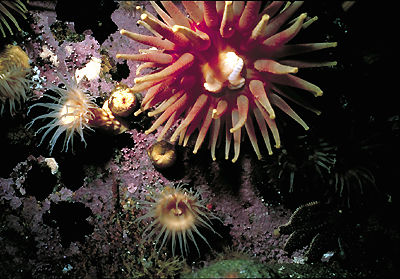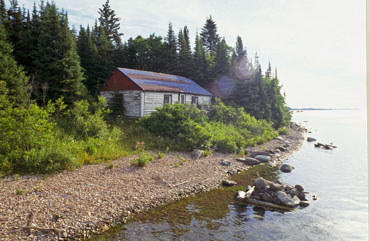Natural History
The features that make this national park unique are the tundra growing over Canadian Shield rock, low ridges, countless lakes and broad rivers. There are also marine clay deposits, old beaches and esker remains now 200 m above current sea level that are evidence of retreating glaciers from the last Ice Age. Additionally, the 150 km-long Wager Bay with its cliffs, tidal flats, reversing waterfall and two polynyas create an ideal habitat for high concentrations of wildlife. Polar bear, caribou, peregrine falcon, gyrfalcon, four species of seal and arctic char are abundant. The park represents the Central Tundra natural region, which is in the Northern Arctic Ecozone.
Human History
The high concentrations of wildlife are the reason this area has a rich human history, clearly in evidence by the numbers of Inuksuit (plural of inuksuk), tent rings, food caches, hunters' blinds, pits and campsites. To this day, the Inuit use the region to hunt and fish. The Hudson's Bay Company traded in the area (1925-47), and remains of their buildings can be seen at Ford Lake at the west end of Wager Bay. The communities that surround Ukkusiksalik are Repulse Bay, Baker Lake, Chesterfield Inlet, Coral Harbour and Rankin Inlet.
Facilities
Within the park there is a lodge that provides a safe place to stay when in polar bear country. Visitors to the park come to hike, boat and view wildlife during the brief arctic summer.

 Share on Facebook
Share on Facebook Share on X
Share on X Share by Email
Share by Email Share on Google Classroom
Share on Google Classroom


